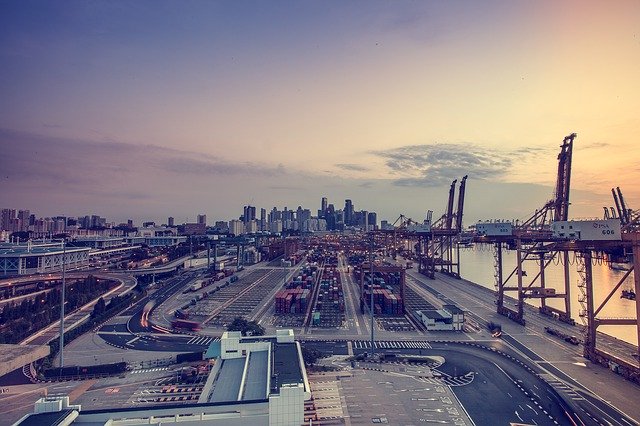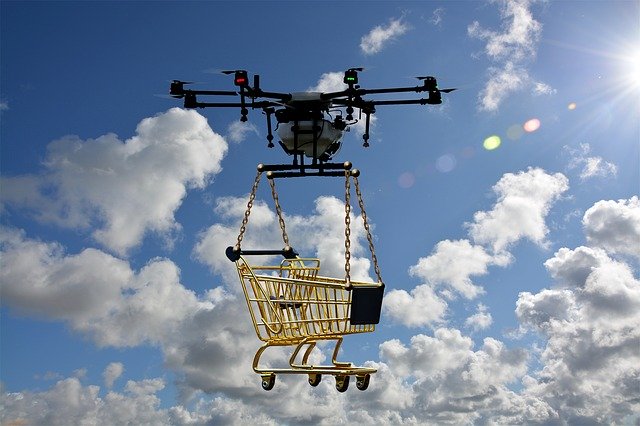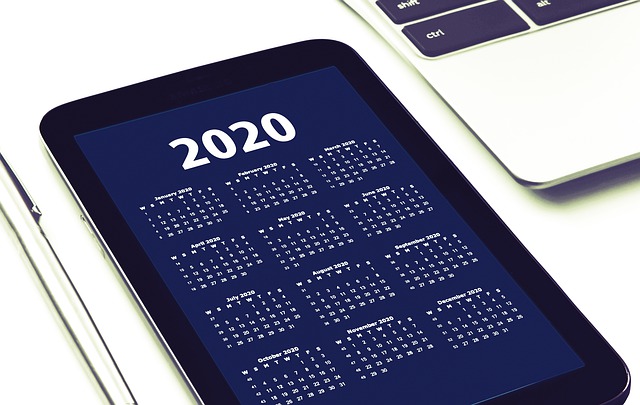We can already say that 2020 will be a historic year. Unfortunately, it will be remembered by a global pandemic that affected businesses worldwide. Naturally, shipping and logistics are no exception. Global change of rules, borders lockdown, new health measures brought us many questions. And those are the questions that no one can answer. Of course, Verified Movers has a shipping and logistics forecast for fall/winter 2020. Take a look at our predictions and see if you can use them to keep your business floating and continue the growth.
The shipping and logistics forecast for fall/winter 2020 tells that we will continue to struggle
The global pandemic that hit our planet in 2020 will be remembered. That is for sure. Unfortunately, it affected all kinds of businesses. Of course, some managed to profit out of this situation. However, the great majority is struggling. The shipping, logistics, and commercial moving industry also felt a great deal of this crisis. Many borders across the world closed down their borders. And it became impossible to predict what will happen within the next few days. As we all know predictability is very important for any kind of business. And the same goes for the shipping industry.
Fortunately, we do see some signs of improvement. So we can expect to see better days for the shipping and logistics industry during fall/winter 2020. Use this information to your advantage and figure out how to improve your business. You could change your orientation, focus on different markets, explore other services that you could offer, and such. The internet is full of ideas and we are sure that you will manage to find a way to grow your company.

The shipping and logistics forecast for fall/winter 2020 is uncertain
Inability to predict affect customers as well which further affects shipping, logistics, and moving industries
Besides companies, the inability to estimate moving costs and shipping expenses affected the customers as well. So in addition to worsened terms of business, shipping and logistics companies faced a lack of customers. And without customers, there is no business. Our shipping and logistics forecast for fall/winter 2020 is that this is not going to change. The fall I just around the corner and the global pandemic doesn’t show any signs of slowing down.
Unfortunately, this means more closed business and uncertain days for those who manage to survive. On the other hand, businesses that have survived and managed to grow showed us that there are ways to overcome this. The only thing you mustn’t do is surrender and do nothing. The internet is full of useful advice. Take your time while the business is slower and learn new tactics and methods that can help your business in these difficult days.
Expect the further increase in shipping costs and try to adapt
What we can expect in the following months is the increase in shipping costs. With the new IMO 2020 low-sulfur regulation, we can expect the rise of spot freight and fixed rates. The overall shipping costs will certainly increase for long distance moving companies as well. And it will most like hold for the upcoming months. Of course, carriers will focus on keeping higher rates through different means and actions.
Unfortunately, there isn’t much that we can do about this. And everyone in the shipping and logistics industry will have to adapt or will quickly vanish. If you agree with our predictions, start planning and organizing at once. If you start with planning on time your chances for survival increase rapidly.

Shipping costs will continue to increase. Be ready!
The shipping industry is one of the world’s major polluters. Old agreements will continue to force equipment modernization which further increases expenses
The shipping industry has been marked as one of the major polluters. In 2018, IMO decided to start reducing carbon emissions related to the shipping industry and to cut the carbon emission by half until 2050. As we noticed, this process hasn’t slowed down even during the pandemic. And it will most certainly continue to unfold in the following months despite the staggering cost of $50 billion. These rules are forcing shippers to install new equipment by 2024 that will solve the issue of dirty ballast water discharge.
Even though this is a big expense for shippers, we have to agree that this is a necessary step. The shipping industry produces 2% of the plant’s carbon emissions, participates with 13% in sulfur emissions, and 15% with nitrogen oxides. If this affects your company, be sure that this will continue to unfold so be prepared for additional expenses. Calculate how this will affect your budget and make necessary adaptations that will help you to continue the development.
Our shipping and logistics forecast for fall/winter 2020 tells that the further advancement of technology will continue to improve our industry
Many industries are scared of technological advancement. The rapid development of technology is taking jobs and many are affected by this. Fortunately, the shipping and logistics industry has seen only benefits. The advancement of technology improves important processes and simplifying the whole business.
Easier planning and lower possibilities for mistakes, and easier contact with customers are just some of the benefits that this advancement brings. And it is great news for struggling companies. Use this to your advantage. Learn how new technologies can help you improve your business. And take your company to the road of growth.

Technology advancement improves the shipping and logistics industry
Despite the bad forecast, there is still room for improvement
This is our shipping and logistics forecast for fall/winter 2020. As you can see there are many obstacles that will continue to slow down our industry’s growth. Luckily, not everything is bad. And some signs tell us that there is still enough room for improvement which could induce growth. Of course, everything still depends on the companies themselves and their ability to adapt to the new situation.




